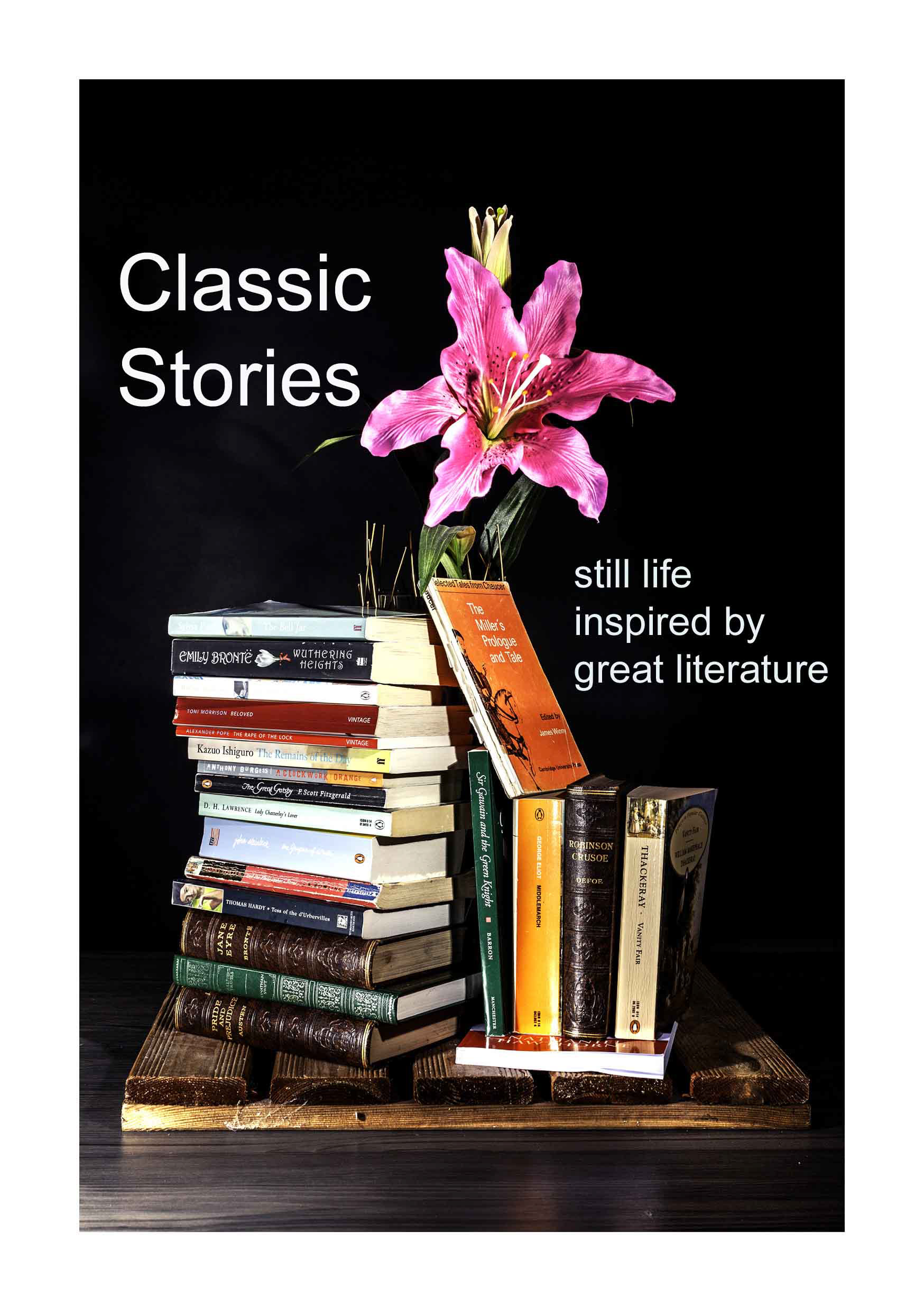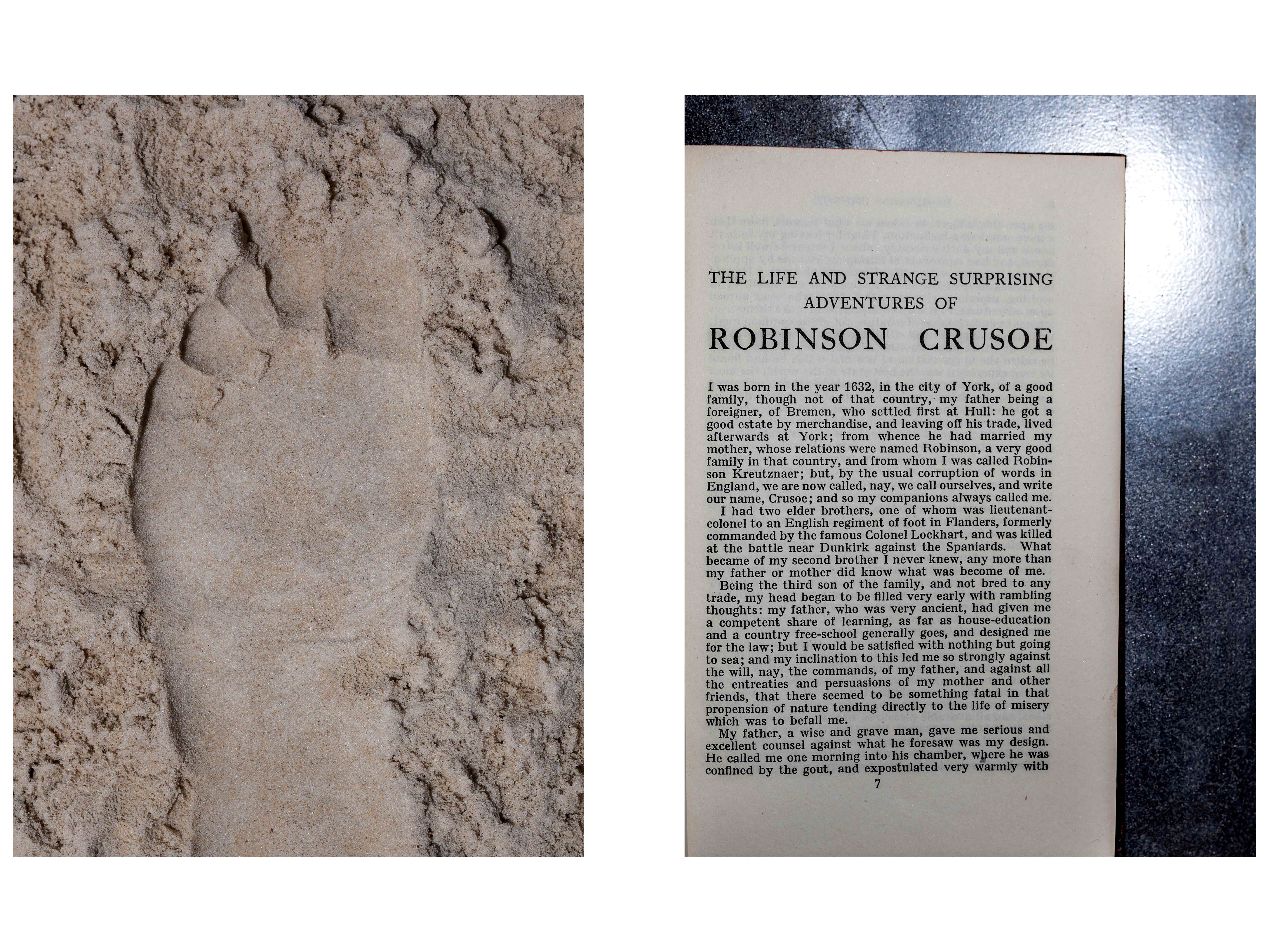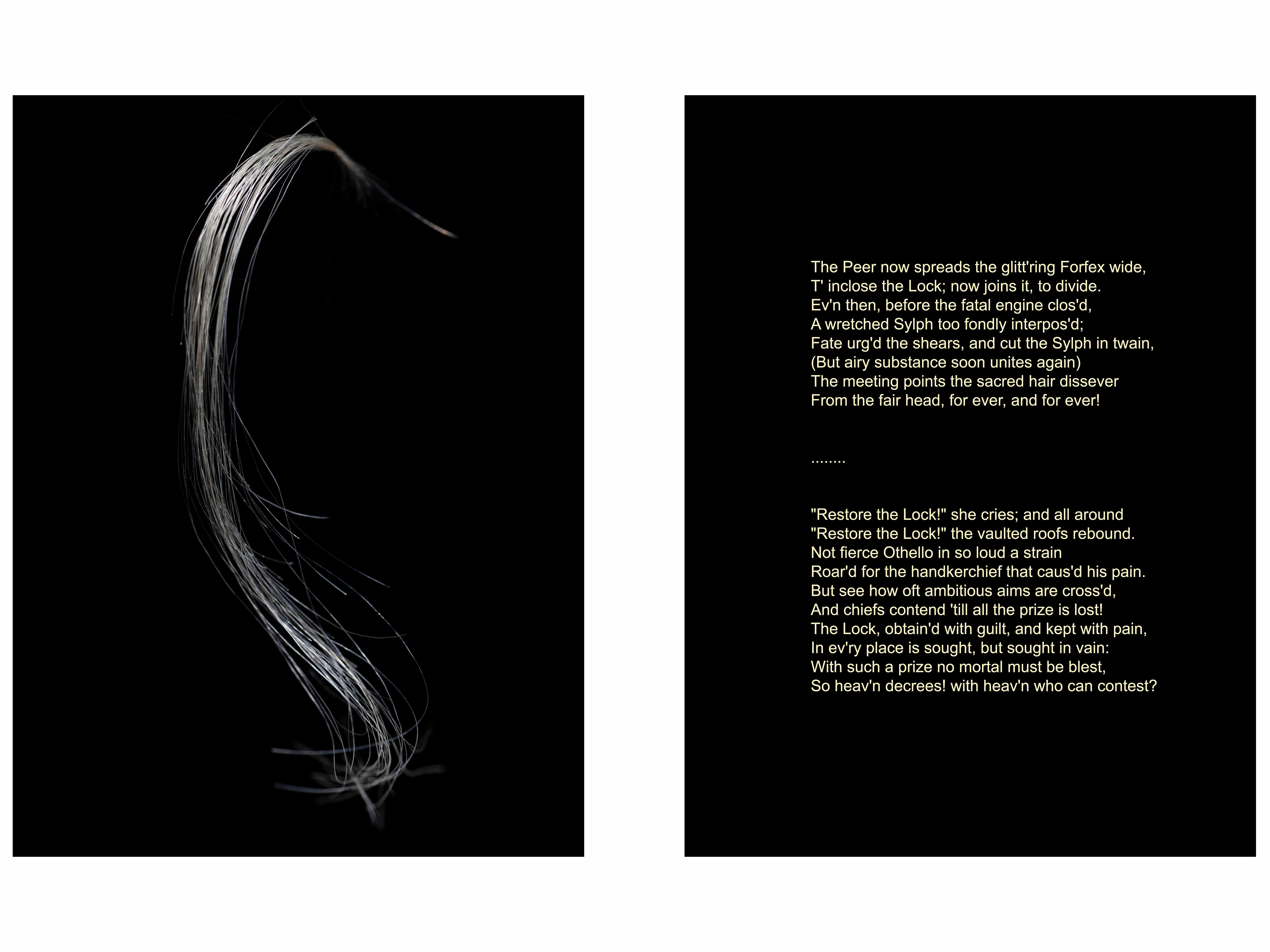Marriage as an ending: Charlotte Bronte and Jane Austen
In an early exchange between Elizabeth Bennett and Mr Fitzwilliam D’Arcy in Pride and Prejudice, Jane Austen establishes the perceived gulf between the two, but hints at their compatibility. D’Arcy begins:
“There is, I believe, in every disposition a tendency to some particular evil—a natural defect, which not even the best education can overcome.”
“And your defect is to hate everybody.”
“And yours,” he replied with a smile, “is wilfully to misunderstand them.”
Elizabeth is the central character of this story. The reader sees most of the action from her perspective, but Jane Austen never lets go of the reins of the narrative.
It is a story of love and marriage, and in particular, the need for women of only modest financial means to attain a marriage that will secure them financially. Love gets a big ‘yes’, but money is the driving force.
Over thirty years later, Charlotte Bronte’s novel Jane Eyre follows a similar theme. Jane is way below Rochester in the social scale. Rochester is one of the landed gentry, Jane a mere governess (domestic teacher).
From the first page, we see the story through the eyes of Jane.
By the end of the narrative, when Rochester has been brought down a few levels, by potential bigamy exposure, and by physical and financial tragedies, Jane addresses us directly with the phrase: “Reader, I married him” - before explaining to us why Rochester is still worthy of her love.













